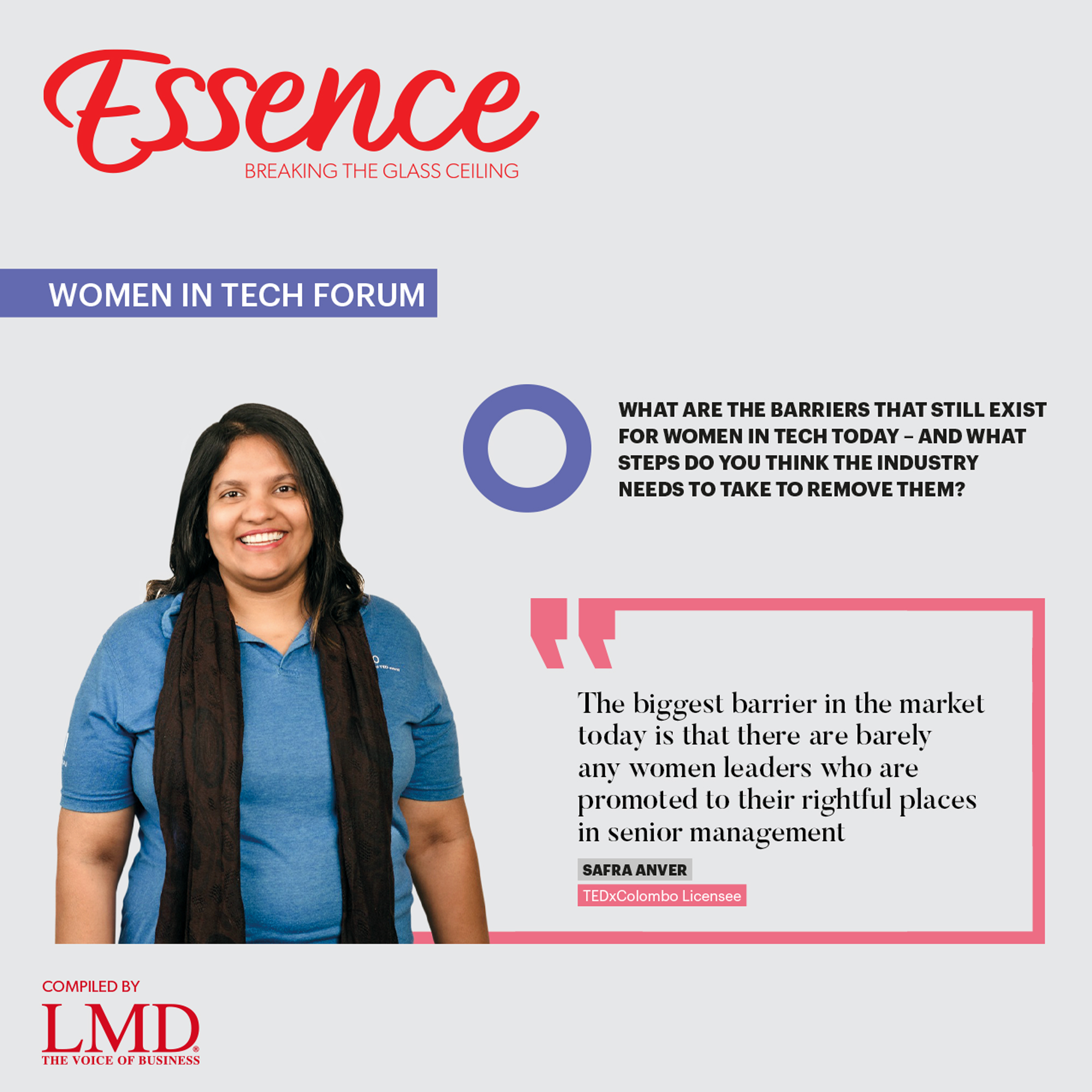LABOUR IMBALANCE
BREAKING THE MOULD
Lourdes Abeyeratne highlights barriers to women’s participation in the workforce
Closing the gender gap in the workplace continues to be one of the more pressing issues facing businesses and governments. In fact, World Bank data reveals that the female labour force participation rate was 46.9 percent last year (down from 51% in 1990) compared to 74 percent for males (compared to 80.2% in 1990).
Meanwhile, the ILO notes that “women workers everywhere across the world continue to be under-represented in decision making bodies and processes that shape workplaces and employment outcomes – including in contexts where women make up the majority of the workforce.”
This poor representation is the result of structural barriers and cultural restrictions as a gap continues to exist among highly educated women and men in some countries despite more females pursuing higher education globally.
Since the outbreak of COVID-19, conditions for female workers have deteriorated further. According to the World Bank’s recent report entitled ‘Women, Business and the Law 2021,’ women’s social and economic capabilities have been directly and disproportionately jeopardised by the pandemic.
Sri Lanka achieved an overall score of 65.6 of 100 in the index – which measures the laws and regulations restricting women’s economic inclusion – with areas that require improvement including the likes of pay (25), pensions (50), entrepreneurship (75) and the workplace (75).
Failing to address gender parity in the workplace could mean that global GDP growth will be US$ 1 trillion lower in 2030 than if women’s unemployment was similar to that of men, according to estimates reported by McKinsey & Company. However, taking action to close the gender gap and advance equality could add 13 trillion dollars to GDP during the same period.
The economic empowerment of women could also lead to higher national incomes, better public health and inter-generational fairness.
This requires action from policy makers and business leaders in the form of pushing for greater gender equality. In terms of laws and policies, this includes setting targets and quotas to boost women’s representation and leadership, implementing equal pay for work of equal value with transparency, preventing and ending discrimination through effective workplace measures, and investing in quality care policies.









